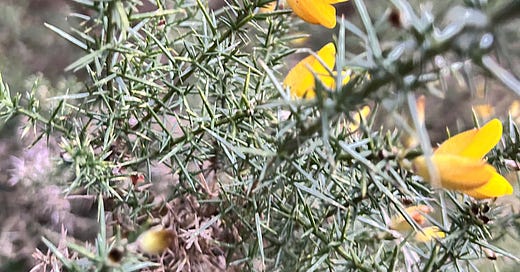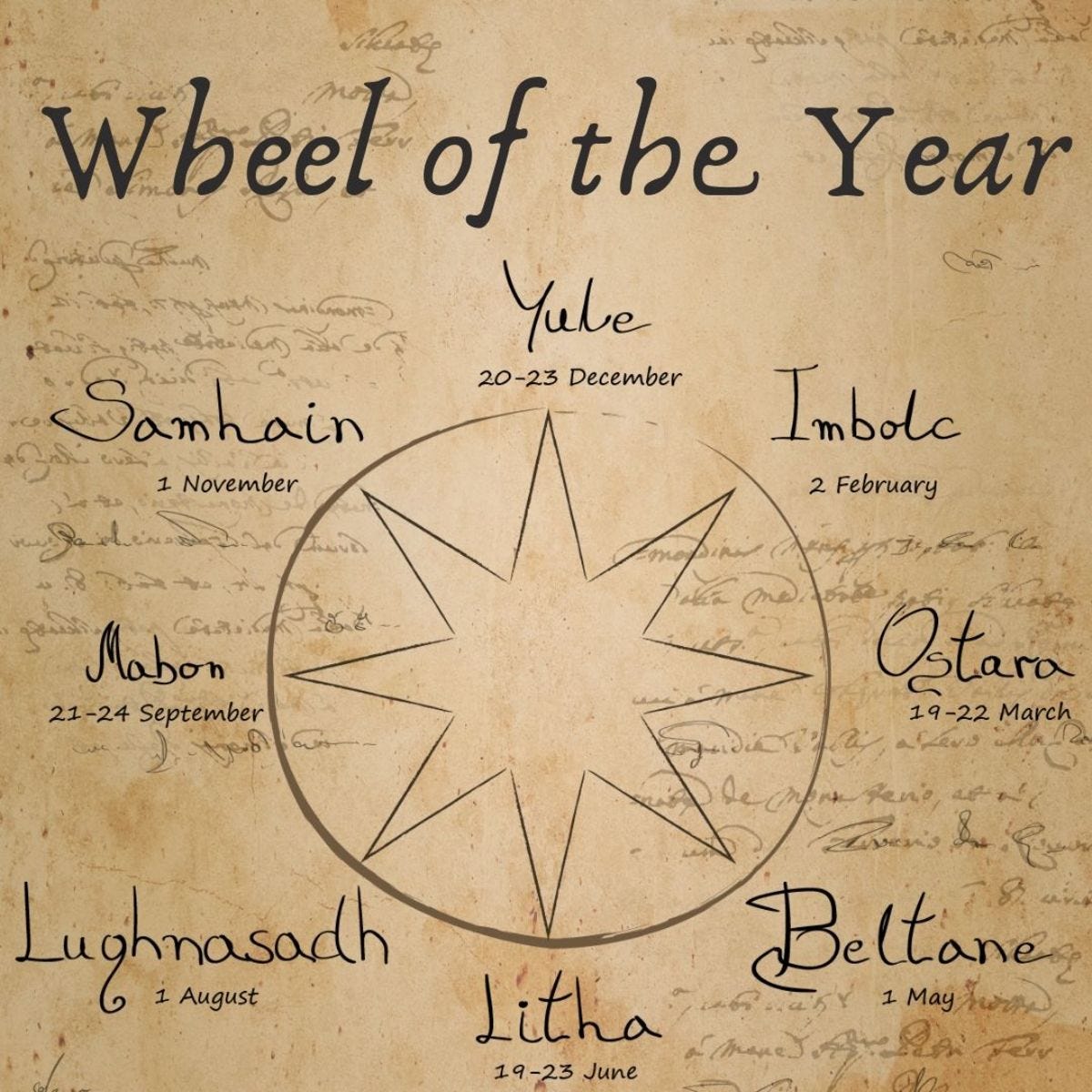Wishing everyone a happy new year and welcome to our first newsletter of 2025.
Wishing everyone a happy new year and welcome to our first newsletter of 2025.
Wild Geese | Mary Oliver
You do not have to be good.
You do not have to walk on your knees
for a hundred miles through the desert, repenting.
You only have to let the soft animal of your body
love what it loves.
Tell me about despair, yours, and I will tell you mine.
Meanwhile the world goes on.
Meanwhile the sun and the clear pebbles of the rain
are moving across the landscapes,
over the prairies and the deep trees,
the mountains and the rivers.
Meanwhile the wild geese, high in the clean blue air,
are heading home again.
Whoever you are, no matter how lonely,
the world offers itself to your imagination,
calls to you like the wild geese, harsh and exciting–
over and over announcing your place
in the family of things.
When the weather is cold and damp it can be easy to avoid venturing outside. Still, Mary Oliver in her poems, reminds us of the solace offered by nature and what we might find to delight us if we pause and notice what is here...the green moss of the wood, the chattering starlings and new buds starting to form on trees.
What is delighting you this January?
January can also be a great time for planning for the year ahead and here at LEG, we are turning our attention to several exciting projects we have on the horizon.
Environment Forum with Longridge Town Council
Following a meeting with Longridge Town Council on 11th December we are pleased to announce LEG has been invited to set up a ‘forum’ for local environmental group representatives to meet up. Initially held in LTC offices, the forum met, together with other stakeholders, to discuss a vision and plan for ‘greening’ Longridge and its high street, in a more coordinated approach. Two councillors, Philip Smith and Deborah Jackson, volunteered to join the forum and relay info back to the council. We are looking to involve other groups in Longridge who have an environmental focus, to join in initial discussions which we plan for the New Year.
Miyawaki Forest
Following on from our note in December’s newsletter, we are delighted to share that Longridge is about to join a small number of pioneering towns and villages across Britain with a micro wood, or Miyawaki micro forest, in one of its public green spaces. Led by Treescapes, experts in this approach to ecology and supported by LEG. More details will be shared shortly along with more detail on how to get involved.
What's a microwood? A microwood is a miniature woodland, about the size of a tennis court, which is planted with native trees at ultra-high density on a specially prepared plot. To protect the tiny young trees from damage by deer and other browsing animals, the plot is ringfenced by chestnut paling.
How are microwoods different to conventional tree planting? Woodland soils have a fundamentally different character from those in grasslands. When trees are planted directly into grassland soils, they often have a high failure (death) rate, when compared to trees planted in woodlands. While most survive, they're vulnerable to disease and drought stress and grow very slowly, as they expend so much energy on simply staying alive and healthy.
How is the ground prepared? In a microwood, the trees are planted into a specially prepared plot, where the ground has been modified to create conditions much better suited to young trees. First, the turf is inverted, which buries the vigorous grass that would compete for nutrients with the trees. Then the ground is cultivated to loosen the soil. This opens up air pockets, allowing water to percolate through the root zone, trapping warmth and allowing the roots to grow without having to force their way through cold, compacted soil. We then add about ten tonnes of organic matter, usually spent mushroom compost or well-rotted manure, topped off with about the same quantity of bark mulch As well as fertilising the trees, this provides an instant home to the fungi, microbes and invertebrates that form the rich ecosystem that will support the trees. The mulch will also seal in water, be invaluable in hot, dry spells, and suppress competitive weeds, replicating the effect of leaf litter on a woodland floor.
Planting When we plant the trees, we first dip them in a gloop, infused with mycorrhizal fungi, which enable the trees to tap into soil nutrients more easily. The soil now resembles that of a woodland, rather than a field. Conventional tree planting is carried out at a much lower density. However, when woodlands form naturally, the trees often grow at very high density. The trees that thrive initially aren't usually the ones that form the canopy of the mature woodland. Species such as rowan, birch and hawthorn often grow much more vigorously than oaks in the first few years. These "pioneer" species act as a nurse crop for the trees that will later form the "climax" canopy of the mature woodland. The species mix for Longridge's micro wood includes pioneer and climax species, as well as the small trees and shrubs that will form the underwood of trees, growing below the canopy.
How do we select the trees? We follow the theory of potential natural vegetation, devised by Prof Akira Miyawaki, who advised this woodland creation technique in Japan in the 1970s. In a nutshell, we plant the assemblage of trees, in the correct proportions, that we think would grow on a site, with a few compromises, if natural processes were allowed to take hold. We don't plant sycamore, because it will get in there anyway, and we don't plant ash or elm, because of the diseases that they're suffering from.
What can we expect to see? Once the roots have become acclimatised, the trees will put on rapid growth from late spring. Expect rowan, elder and other pioneer species to get going first The odd one may put on over 1.5m in the first growing season. Some trees may even produce flowers and fruit in year one. The trees will form a dense thicket within two or three years. This will provide a home to vast numbers of insects and other invertebrates. These animals are the larder newly hatched songbirds, bats, hedgehogs, frogs, toads and newts. In time, a pair or two of breeding songbirds may nest in there and amphibians will find it a safe and sheltered place to hibernate.
How can I get involved? We are planning a mini forest Social Saturday to hold a Miyawaki chat and answer any questions on the 11th of January with TreeScape. (Venue and time to be shared via whatsapp) And if all goes to plan, weather permitting we will be planting (a lot of) trees as part of our Active Sunday towards the end of January.
Socials - ideas and events for 2025
In 2024 our Social Saturdays and latterly our Christmas meal were a great success provoking lots of great discussions about how we might connect as a community in 2025. We are exploring the idea of running a social event to coincide with the Wheel of the Year events (Equinox, Solstice, and other dates such as Imbolc at the start of February) and include a possible Jacob’s Join gathering or picnic.
Eco Storytelling
We will be part of a group organising a Storytelling Festival (17th/18th May) to celebrate the art of storytelling as a means of addressing climate and biodiversity awareness and action. It is anticipated this will be a weekend event for business, adults and young alike. We will be looking for volunteers who may be interested in getting involved in the very near future.
Signage for Orchard - update
We are now looking to purchase permanent signage and identification tags for our trees which will be a wonderful addition to our thriving orchard.
Keep in Touch
A reminder that you can …
And we look forward to connecting at our next Social Saturday and active Sundays. Details will be shared via the LEG WhatsApp
Supporting LEG
For time and other reasons, we are aware that not all can join our activities, so we have made it easier to support us with a donation. Simply use the QR code below and you will be taken to our Stripe page where you can donate. All gratefully received, no matter how small.
Thank You







